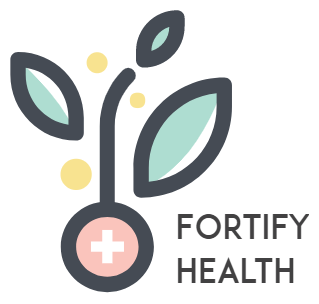|
Fortify Health currently operates in nine states across India. We are continuing to expand our presence into new states. We have a rigorous, evidence-backed selection process for prioritising which states to work in. Our overarching approach is to focus on states where we consider that our work can have the highest impact.
|
|
How we select where to work
We have comprehensive frameworks for considering where to expand our open market and partnerships work. When deciding where to work, we focus particularly on: 1) Anaemia prevalence - We prioritise states with higher rates of anaemia, especially iron deficiency anaemia. We believe that supplying fortified wheat flour to states with higher anaemia prevalence will lead to greater opportunities for impact. 2) Wheat consumption - We prioritise states where wheat flour is a staple food and is consumed in large quantities. We believe that fortified wheat flour is likely to have more of an impact for beneficiaries that consume higher quantities of wheat flour. 3) Fortification infrastructure - We prioritise states with existing infrastructure to support fortification, such as centralised milling capacity or a functional quality assurance system. We believe that it is logistically easier to distribute and monitor the quality of fortified wheat flour in states with this infrastructure. 4) Potential partners - For our partnerships work in particular, we prioritise states where the likelihood of potential partners being open to implementing wheat flour fortification is higher. |


